
Cornus is a genus of about 30–60 species of woody plants in the family Cornaceae, commonly known as dogwoods or cornels, which can generally be distinguished by their blossoms, berries, and distinctive bark. Most are deciduous trees or shrubs, but a few species are nearly herbaceous perennial subshrubs, and some species are evergreen. Several species have small heads of inconspicuous flowers surrounded by an involucre of large, typically white petal-like bracts, while others have more open clusters of petal-bearing flowers. The various species of dogwood are native throughout much of temperate and boreal Eurasia and North America, with China, Japan, and the southeastern United States being particularly rich in native species.
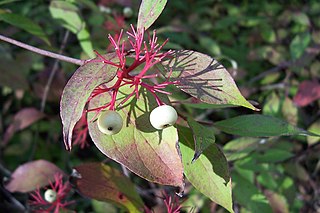
Cornus sericea, the red osier or red-osier dogwood, is a species of flowering plant in the family Cornaceae, native to much of North America. It has sometimes been considered a synonym of the Asian species Cornus alba. Other names include red brush, red willow, redstem dogwood, redtwig dogwood, red-rood, American dogwood, creek dogwood, and western dogwood.
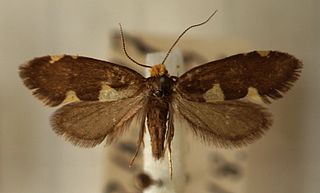
Incurvaria oehlmanniella is a moth of the family Incurvariidae. It is found in Europe and across the Palearctic to eastern Siberia.

Agonopterix propinquella is a species of moth of the family Depressariidae. It is found in Europe.

Coleophora adjunctella is a moth of the family Coleophoridae found in Europe.

Coleophora glitzella is a moth of the family Coleophoridae. It is found from Fennoscandia and northern Russia to Italy and from Great Britain to Romania. It was recently reported from Yukon, Canada.
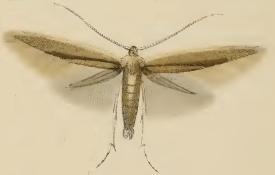
Coleophora milvipennis is a moth of the family Coleophoridae. It is found in all of Europe, east to Japan (Hokkaido).

Coleophora orbitella is a moth of the family Coleophoridae. It is found from Scandinavia and northern Russia to the Pyrenees and Italy and from Ireland to Poland and Hungary.
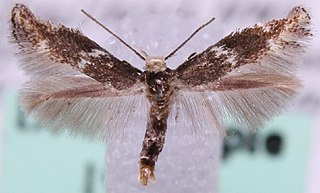
Elachista stabilella is a moth of the family Elachistidae found in Asia and Europe.

Gymnancyla canella is a species of moth of the family Pyralidae. It is found in most of Europe, except Ireland, the Baltic region and Fennoscandia.

Dichelia histrionana is a species of moth of the family Tortricidae. It is found from Fennoscandia to Belgium, Italy and Greece and from the Netherlands to Poland and Romania.
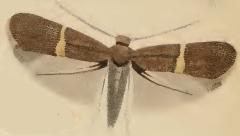
Elachista bisulcella is a moth of the family Elachistidae that is found in Europe.

Antispila metallella is a moth of the family Heliozelidae. It is found from Scandinavia to the Pyrenees, Alps and Romania and from Great Britain to Russia.

Carpatolechia decorella is a moth of the family Gelechiidae. It is found in most of Europe, as well as in Turkey, the Caucasus, Kazakhstan, North Africa and on the Canary Islands.

Bucculatrix demaryella is a moth of the family Bucculatricidae. The species was first described by Philogène Auguste Joseph Duponchel in 1840. It is found in most of Europe, Russia and Japan.

Acrobasis advenella is a species of snout moth in the genus Acrobasis. It was described by Johann Zincken in 1818 and is found in most of Europe.
Antispila corniella is a moth of the family Heliozelidae. It was described by Kuroko in 1961. It is found in Japan (Kyushu).
Antispila purplella is a moth of the family Heliozelidae. It was described by Kuroko in 1961. It is found in Japan (Kyushu).

Acleris umbrana is a species of moth of the family Tortricidae. It is found in Great Britain, France, Belgium, Germany, Austria, Switzerland, Italy, the Czech Republic, Slovakia, Poland, Hungary, Norway, Sweden, Finland, the Baltic region and Russia. In the east, the range extends to Japan. The habitat consists of woodland, fens and marshes.

Spatalistis bifasciana is a species of moth of the family Tortricidae. It is found in most of Europe.
















